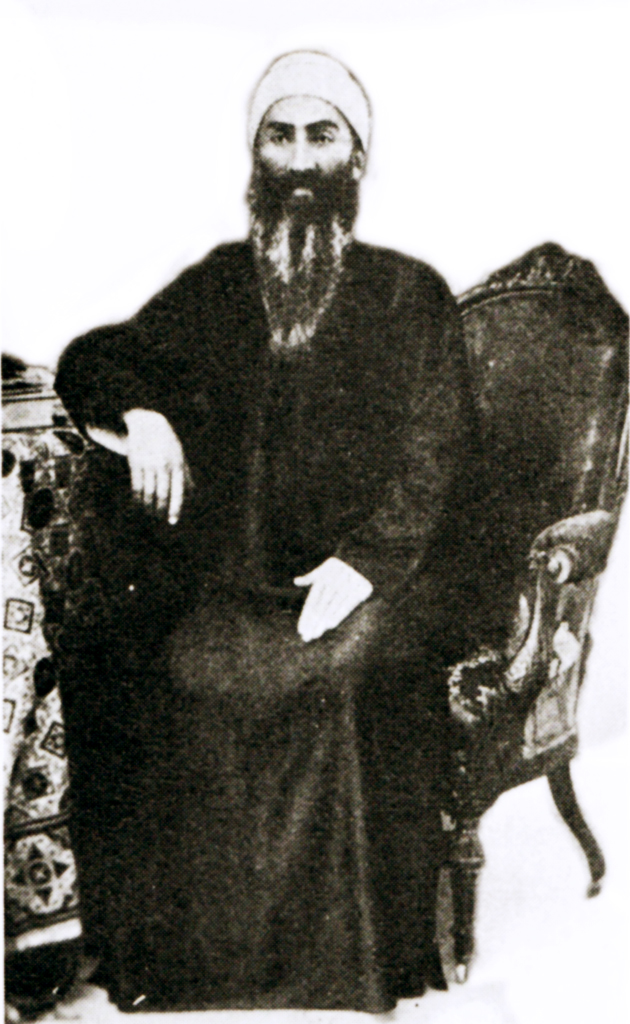In the exploration of Baha’i teachings, one invariably encounters the resplendent essence of the Glory of God, a concept that profoundly permeates the writings and reflections of the Baha’i Faith. The immersive journey through these teachings reveals not only theological nuances but also an intricate tapestry of spiritual and moral imperatives that guide practitioners in their quest for truth, justice, and universal harmony.
At the heart of this exploration lies the recognition that the Baha’i Faith is not merely a set of doctrines but a dynamic source of inspiration that compels the individual towards creative expression and social transformation. This is rooted in the fundamental tenet that every soul possesses the potential to reflect divine attributes, thus embodying the essence of God’s glory. Baha’is often engage in contemplation and artistic pursuits that resonate with this theme, leading to a richer understanding of their faith and its applications in the world.
One common observation among both Baha’is and outsiders alike is the serene peace emanated by Baha’i communities. This tranquility is not merely circumstantial; it is a reflection of the principles espoused by Baha’u’llah, the founder of the Baha’i Faith. The teachings encourage adherents to cultivate virtues such as compassion, humility, and justice—qualities that harmoniously resonate with the divine attributes. Such virtues foster an environment of unity and understanding, wherein individuals are inspired to express their creativity guided by the light of the Glory of God.
Delving deeper, one observes the role of artistic expression within the Baha’i community as an extension of spiritual devotion. The Baha’i Writings themselves are replete with poetic elegance and profound philosophical insights, encapsulating the myriad ways in which the divine can be understood and appreciated. Many Baha’is find themselves drawn to various forms of artistry—whether in music, visual arts, or literature—as a medium for connecting with the divine essence that underlies human existence. This artistic pursuit serves to bridge the sacred and the mundane, as adherents channel their inspirations into works that reflect both their personal journeys and collective aspirations.
This blend of spirituality and creativity is particularly evident in the Baha’i emphasis on education. The pursuit of knowledge is esteemed not only as an intellectual exercise but as a spiritual imperative. Education expands one’s horizons, allowing individuals to better understand the world and their place within it. Baha’is are called to foster an environment where education is accessible to all, particularly the marginalized. This commitment opens avenues for creative expression, encouraging individuals to convey their understanding of divine realities through the prism of their experiences and insights.
The Baha’i community also places a strong emphasis on the importance of service to humanity. This is not merely transactional; it is deeply spiritual, embodying the principle that using one’s skills and talents in the service of others is a pathway to glorifying God. Such service often leads to innovative solutions to social issues, where creativity thrives alongside compassion. The acts of selfless service inspired by the divine glory can manifest in various forms, including community development projects, artistic endeavors addressing social issues, and educational outreach programs that empower individuals to uplift themselves and their communities.
Moreover, the interconnectedness of all humanity is a recurrent theme in Baha’i teachings, encapsulated in the notion of world citizenship. Baha’is are encouraged to transcend personal or nationalistic boundaries, fostering a sense of global unity. This emphasis on connectedness underlines the importance of creativity as a means of fostering understanding across cultures. The distinct artistic expressions from diverse backgrounds contribute to a collective tapestry that reflects the multitude of ways in which humanity celebrates the divine essence. By engaging with and appreciating these differing expressions, individuals can cultivate a deeper sense of empathy and solidarity.
The alignment of creative pursuits with the principles of the Baha’i Faith also highlights the importance of integrity and authenticity. Upholding one’s values in creative expression not only reflects sincerity but also brings forth the essence of one’s soul. In an age of superficiality, the call for Baha’is to embrace authenticity offers a refreshing perspective. Individuals are invited to engage deeply with their artistic endeavors, ensuring that their creations resonate with truth and beauty—as manifestations of the Glory of God.
Within this framework, the journey of a Baha’i is not linear but rather a multidimensional experience that invites ongoing exploration and reflection. The teachings empower individuals to navigate the complexities of life with hope and enthusiasm, channeling their creative energies towards endeavors that uplift both their spirits and their communities. This dynamic interplay between the spiritual and the artistic underscores the depth of Baha’i teachings, illuminating ways in which followers can embody the divine attributes in tangible, meaningful actions.
In conclusion, the concept of being Inspired by the Glory of God serves as a clarion call for Baha’is to engage in a creative journey that transcends mere existence. It demands a thoughtful integration of spiritual principles into all facets of life, from artistic expression to social service, education, and the fostering of global unity. The profound connection between divine inspiration and human creativity invites individuals to join in the ongoing dialogue of existence, ever seeking truth, beauty, and a deeper understanding of our collective humanity.
